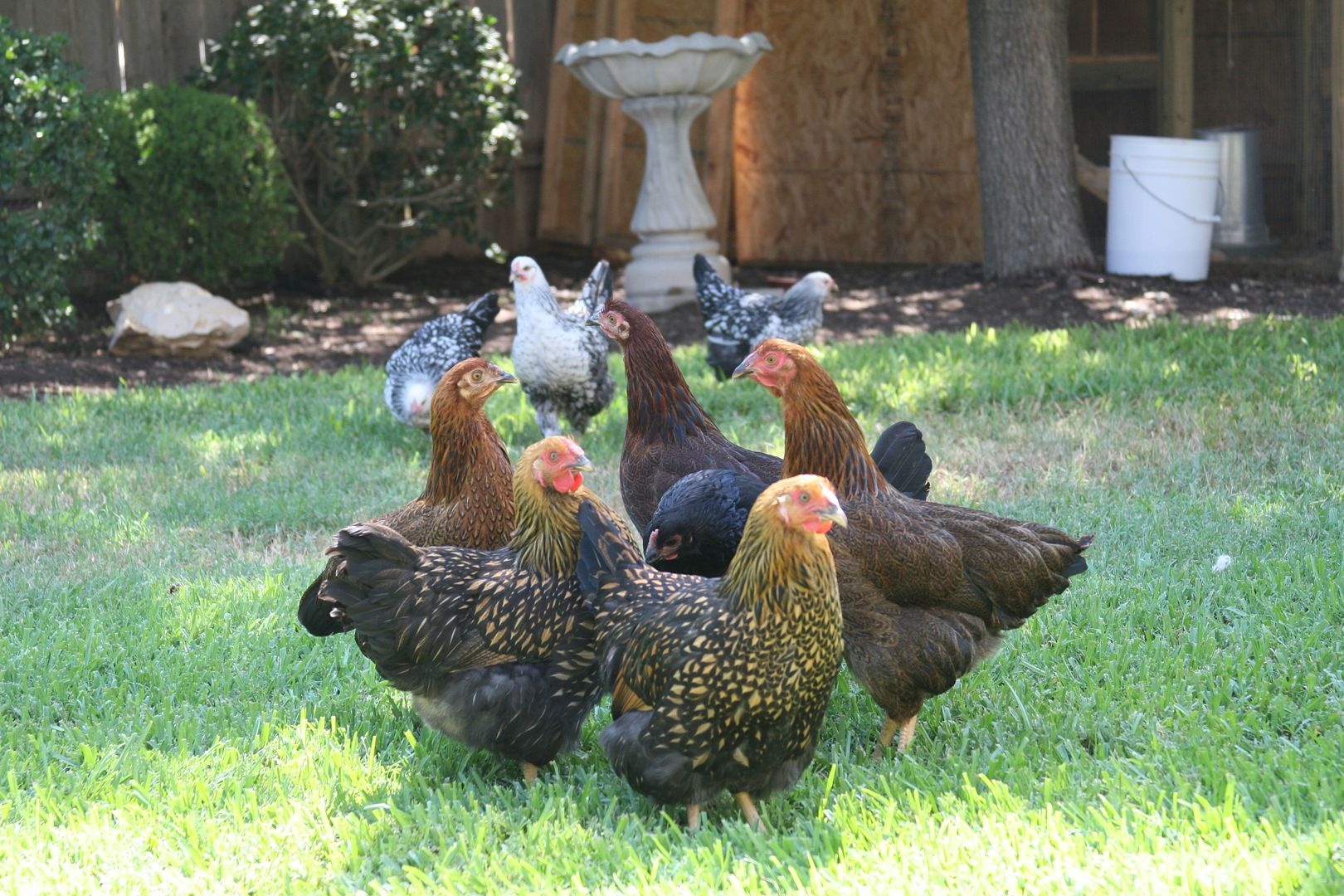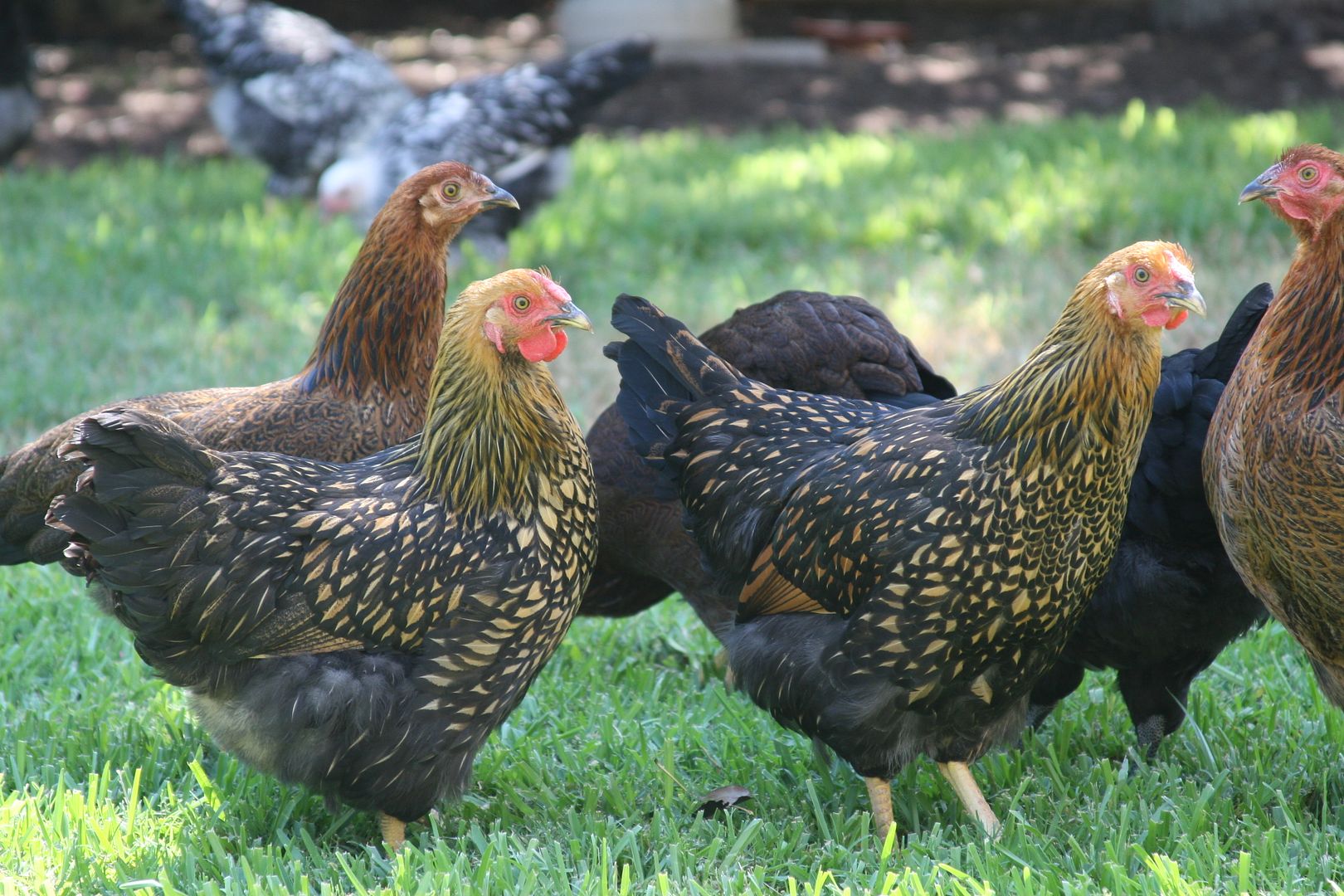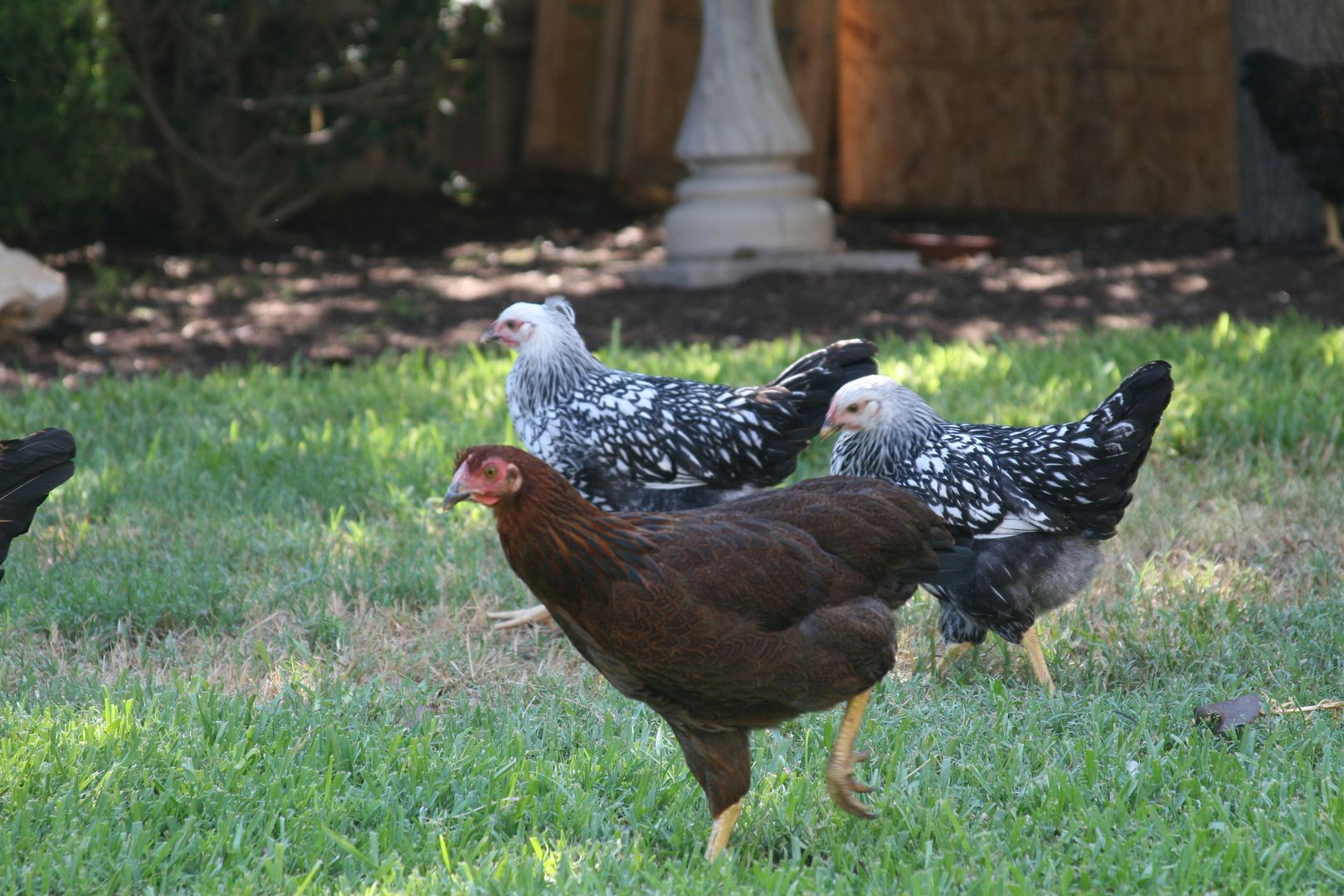Quote:
Ok...so I'm not crazy that I recognized the name! I grew up in the Cornhusker Poultry Club and was show secretary for a while when I was in highschool, but helped the secretaries for many years before that. I also showed quite a bit at the Nebraska Poultry Club as well. I have a weird thing about remembering names, faces, and other odd info. Small world eh?
It really is, I was once stationed in Panama while in the service and the first day, walked into the office where I was to work and ran into a friend I had not seen since he had graduated High school two years before me. We spent 3 years down there together with the same job, he worked days I worked nights we were each others relief.
That's awesome! I traveled internationally quite a bit when I got my bachelors degree in cross cultural communications and found it shocking how many times I'd run into people i knew. crazy
I think if you were in bantam wyandottes at the time you probably showed against my dad...he never showed the birchens...that was his pet project, but blues, blacks, splashes were what he showed most.
Nice to meet ya again..I'm sure we've met before then
oh...I just wanted to add too that I'm glad you are working with youth to get them excited about poultry. Gotta keep the tradition of raising quality poultry alive.
Ok...so I'm not crazy that I recognized the name! I grew up in the Cornhusker Poultry Club and was show secretary for a while when I was in highschool, but helped the secretaries for many years before that. I also showed quite a bit at the Nebraska Poultry Club as well. I have a weird thing about remembering names, faces, and other odd info. Small world eh?
It really is, I was once stationed in Panama while in the service and the first day, walked into the office where I was to work and ran into a friend I had not seen since he had graduated High school two years before me. We spent 3 years down there together with the same job, he worked days I worked nights we were each others relief.
That's awesome! I traveled internationally quite a bit when I got my bachelors degree in cross cultural communications and found it shocking how many times I'd run into people i knew. crazy
I think if you were in bantam wyandottes at the time you probably showed against my dad...he never showed the birchens...that was his pet project, but blues, blacks, splashes were what he showed most.
Nice to meet ya again..I'm sure we've met before then
oh...I just wanted to add too that I'm glad you are working with youth to get them excited about poultry. Gotta keep the tradition of raising quality poultry alive.
Last edited:





